Background
I have a 12V power supply that is connected to a switching regulator to get a 1.8V power signal. I have a microchip running at 1.8V and want to control a 12V relay via GPIO. The relay is used to open and close a lock that only functions on 12V.
Help in
1:Must-operate voltage
2:Must release voltage
3:Coil voltage
4:Switching voltage
5:Current rating
What I have
I think I need operating voltage at 1.8V because the chip sends 1.8V GPIO signals. A release at 12V because that's the power needed for the lock. A coil at 12V with switching at 12V because of the lock. And current at 2A because the lock runs at 2A.
References for the lock
I need help figuring out the right relay to use and how to hook up the relay to the microchip and lock.

